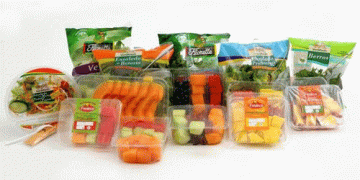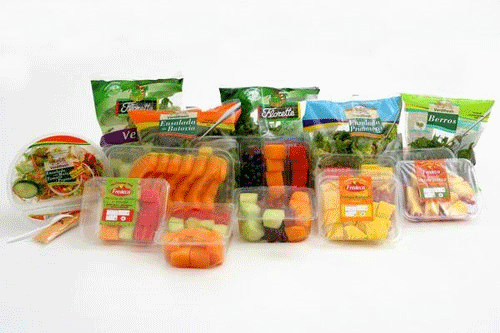According to research from the University of La Rioja, light exposure significantly accelerates the deterioration of packaged vegetables, particularly affecting their color and texture. This phenomenon is crucial in “fourth-range” products, where maintaining optimal gas composition inside the packaging (oxygen and carbon dioxide balance) is essential for prolonged shelf life.
A parallel investigation by experts at the USDA introduced the Yaguang Luo packaging system, designed to regulate gas composition within the package to preserve fruits and vegetables longer. This innovation underscores the challenge of adapting packaging materials to different respiratory parameters of various produce types, crucial for effective preservation in the food industry.
The proposal to switch from transparent plastic packaging to opaque, breathable materials, as suggested by the University of La Rioja researchers, aims to extend shelf life significantly and reduce food waste caused by premature degradation. However, balancing consumer preferences for visible, appealing produce with the need for effective preservation remains a challenge.
Integrating findings from both the University of La Rioja and USDA could lead to innovative packaging solutions that enhance both visibility and preservation capabilities for fourth-range vegetables, benefiting both consumers and the food industry.































